ASTM C1469 Test Fikstürü
ASTM C1469 covers the determination of shear strength of joints in advanced ceramics at ambient temperature.
Bilgi Almak İçin Lütfen Bizimle İletişime Geçiniz
- Açıklama
- Değerlendirmeler (0)
- TEKNİK ÖZELLİKLER
Açıklama
Açıklama
ASTM C1469 – Standard Test Method for Shear Strength of Joints of Advanced Ceramics at Ambient Temperature
ASTM C1469 covers the determination of shear strength of joints in advanced ceramics at ambient temperature.
Test specimen geometries, test specimen fabrication methods, testing modes (that is, force or displacement control), testing rates (that is, force or
displacement rate), data collection, and reporting procedures are addressed.
ASTM C1469 is used to measure shear strength of ceramic joints in test specimens extracted from larger joined pieces by machining.
Test specimens fabricated in this way are not expected to warp due to the relaxation of residual stresses but are expected to be much straighter and more uniform
dimensionally than butt-jointed test specimens prepared by joining two halves, which are not recommended.
In addition, this test method is intended for joints, which have either low or intermediate strengths with respect to the substrate material to be joined.
Joints with high strengths should not be tested by this test method because of the high probability of invalid tests resulting from fractures initiating at the
reaction points rather than in the joint.
Determination of the shear strength of joints using this test method is appropriate particularly for advanced ceramic matrix composite materials but also
may be useful for monolithic advanced ceramic materials.
ASTM C1469 / Significance and Use
Advanced ceramics are candidate materials for structural applications requiring high degrees of wear and corrosion resistance, often at elevated temperatures.
Joints are produced to enhance the performance and applicability of materials.
While the joints between similar materials are generally made for manufacturing complex parts and repairing components, those involving dissimilar
materials usually are produced to exploit the unique properties of each constituent in the new component.
Depending on the joining process, the joint region may be the weakest part of the component.
Since under mixed-mode and shear loading, the load transfer across the joint requires reasonable shear strength, it is important that the quality and integrity
of joint under in-plane shear forces be quantified.
Shear strength data are also needed to monitor the development of new and improved joining techniques.
Shear tests provide information on the strength and deformation of materials under shear stresses.
This test method may be used for material development, material comparison, quality assurance, characterization, and design data generation.
For quality control purposes, results derived from standardized shear test specimens may be considered indicative of the response of the material from which
they were taken for given primary processing conditions and post-processing heat treatments.
ASTM C1469 / Summary of Test Method
This test method describes an asymmetrical four-point flexure test method to determine shear strengths of advanced ceramic joints.
Selection of the test specimen geometry depends on the bond strength of the joint, which may be determined by preparing longer test specimens of the
same cross-section and using a standard four-point flexural strength test, for example, Test Method ASTM C1161 for monolithic advanced ceramic base
material and Test Method ASTM C1341 for composite advanced ceramic base material.
If the joint flexural strength is low (that is, <25 % of the flexural strength of the base material), the recommended test specimen geometry for shear strength
testing of the joint is the uniform test specimen.
If the joint flexural strength is moderate (that is, 25 to 50 % of the flexural strength of the base material), the recommended test specimen geometry for shear strength
testing of the joint is the straight- or V-notched test specimen.
If the joint flexural strength is high (>50 % of the flexural strength of the base material) this test method should not be used to measure shear strength of advanced
ceramic joints because very high contact stresses at the reaction points will provide a high probability of invalid tests (that is, fractures not at the joint).
The testing arrangement of this test method is asymmetrical flexure.
Note that the greatest shear exists over a region of 6 Si/2 around the centerline of the joint .
In addition, while the moment is zero at the centerline of the joint, the maximum moments occur at the inner reaction points .
The points of maximum moments are where the greatest probability of fracture of the base material may occur if the joint flexural strength, and therefore,
joint shear strength is too high.
Referenced Documents
ASTM C1145 Terminology of Advanced Ceramics
ASTM C1161 Test Method for Flexural Strength of Advanced Ceramics at Ambient Temperature
ASTM C1211 Test Method for Flexural Strength of Advanced Ceramics at Elevated Temperatures
ASTM C1275 Test Method for Monotonic Tensile Behavior of Continuous Fiber-Reinforced Advanced Ceramics with Solid Rectangular Cross-Section Test
Specimens at Ambient Temperature
ASTM C1341 Test Method for Flexural Properties of Continuous Fiber-Reinforced Advanced Ceramic Composites
ASTM D3878 Terminology for Composite Materials
ASTM D5379/D5379M Test Method for Shear Properties of Composite Materials by the V-Notched Beam Method
ASTM E4 Practices for Force Verification of Testing Machines
ASTM E6 Terminology Relating to Methods of Mechanical Testing
ASTM E122 Practice for Calculating Sample Size to Estimate, With Specified Precision, the Average for a Characteristic of a Lot or Process
ASTM E337 Test Method for Measuring Humidity with a Psychrometer (the Measurement of Wet- and Dry-Bulb Temperatures)
*** Before conducting ASTM C1469 , it is important to read the entire specification. Standards can be obtained from appropriate standard authorities.
***PARSROS offers several types of grips and fixtures which will enable you to perform a variety of tests
that are accurate and repeatable.
Değerlendirmeler (0)
“ASTM C1469 Test Fikstürü” için yorum yapan ilk kişi siz olun
Değerlendirme yazabilmek için oturum açmalısınız.





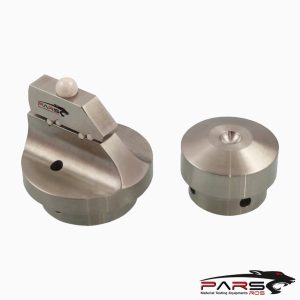

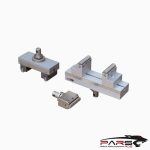

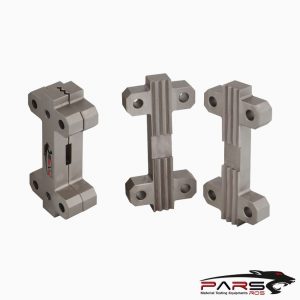
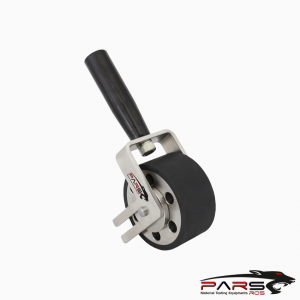





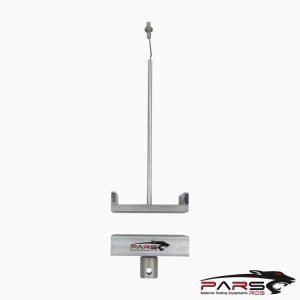
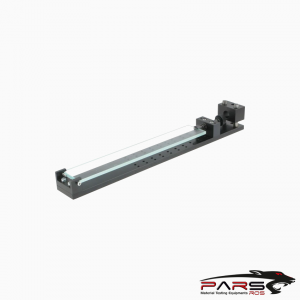



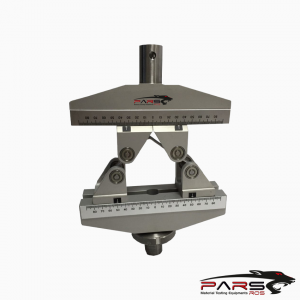
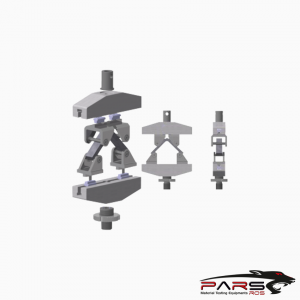

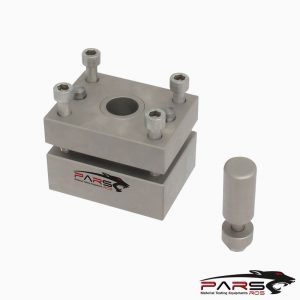


Değerlendirmeler
Henüz değerlendirme yapılmadı.